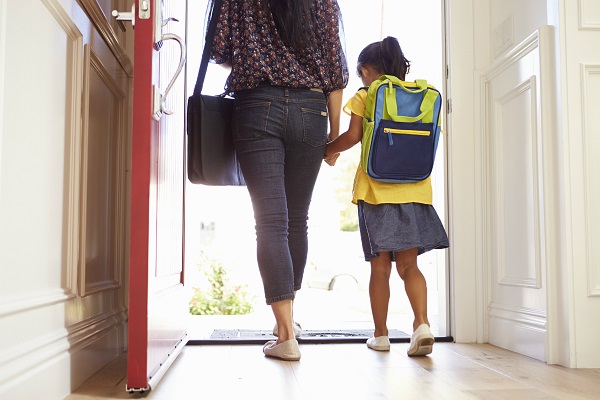National Child Abuse Prevention Month recognizes the importance of families and communities working together to prevent child abuse and neglect. In California, there were 391,470 reports of child abuse in 2020 with nearly 60,000 of those verified child abuse cases.
Katie Albright, CEO and president of Safe & Sound, a children’s advocacy organization focused on strengthening families and ending child abuse, said in an April 2021 webinar on abuse prevention that numbers are vastly underreported and the true rate of abuse in California is about 1 million children. Albright also noted that disproportionality is a major concern in the child welfare system.
“We know deeply that child maltreatment is not bound by zip code or economic status or race or ethnicity or religion, and yet, children of color are disproportionately represented at every critical point in our child welfare system,” she said. “Black, Latinx and Native American families are far more likely to be reported to child abuse hotlines and be investigated for child abuse and neglect than white families. Children of color are more likely to be separated from their family and placed in foster care.”
According to Safe and Sound, abused children are 77 percent more likely to require special education as well as have higher rates of school absenteeism and poorer academic performance; 59 percent more likely to be arrested as juveniles, and 28 more likely to have an adult criminal record, which makes it more difficult for these victims to find employment; 200 percent more likely to be unemployed as adults and are more likely to receive public assistance; have 21 percent higher long-term healthcare costs, a higher incidence of chronic health problems, mental health issues and substance abuse throughout adulthood.
Local educational agencies are a major piece of the puzzle in both preventing and reporting child abuse, as all LEA employees are “mandated reporters” of child abuse or neglect as found in California Penal Code Section 11165.7. Research has shown that school-based prevention programs increase a child’s knowledge, self-protection skills and the likelihood of telling a trusted adult about abuse.
Nationally, education personnel were second only to legal and law enforcement personnel in the list of professionals who made a report about child abuse or neglect, according to the U.S. Department of Health and Human Services. In California, Assembly Bill 1432, effective as of Jan. 1, 2015, requires all LEAs to train all employees each year on what they need to know in order to identify and report suspected cases of child abuse and neglect. “All employees” includes anybody working on the LEA’s behalf, including teachers, teacher’s aides, classified employees and any other employees whose duties bring them into direct contact and supervision of students, according to the California Department of Education. LEAs must also develop a process to provide proof that employees received training.
CSBA GAMUT Policy subscribers can refer to sample Board Policy and Administrative Regulation 5141.4 – Child Abuse Prevention and Reporting.
Getting the word out
This April, CSBA has partnered with its business affiliate Keenan ReLIEF (Regional Liability Excess Fund) to raise awareness about Child Abuse Prevention Month through an educational grant contest, an interactive child abuse prevention platform and an awareness toolkit. “AP Keenan is excited to partner with CSBA in our collective commitment to keep kids safe and eliminate child abuse,” said Vice President Ron Martin. All materials can be found at https://ww2.keenan.com/child-abuse-prevention-month.





